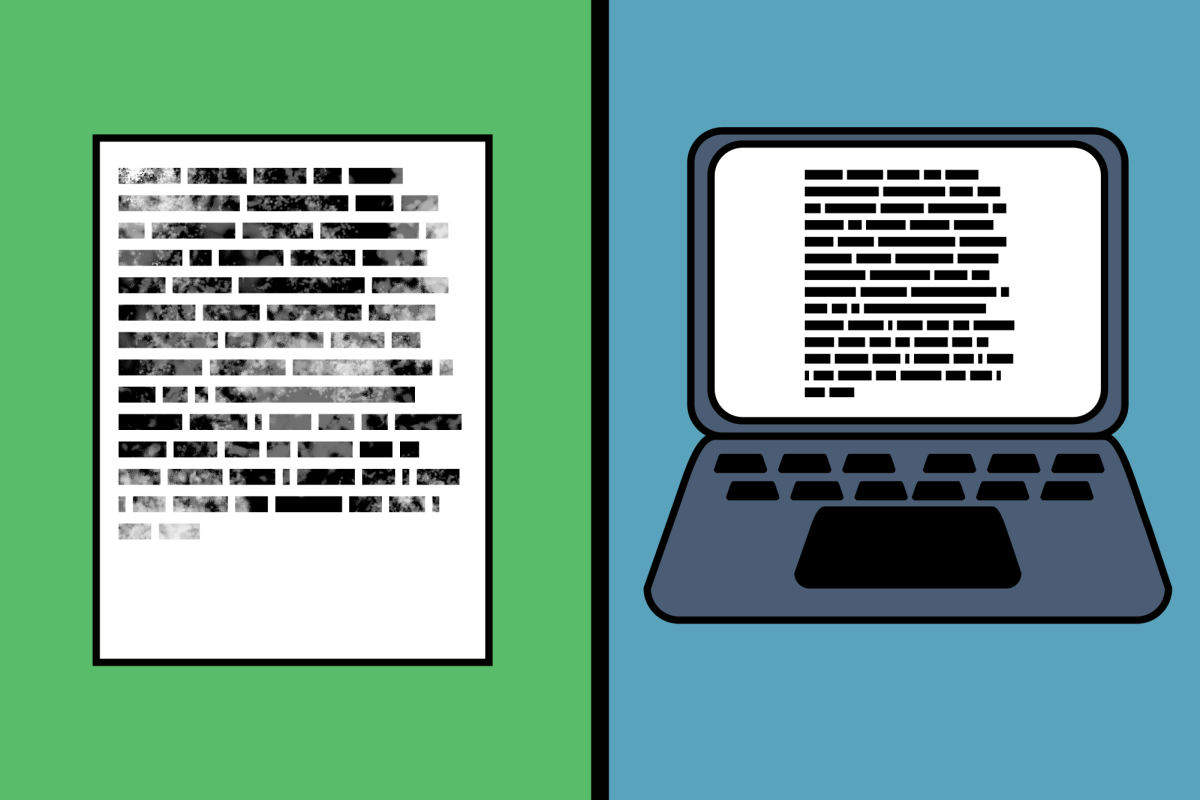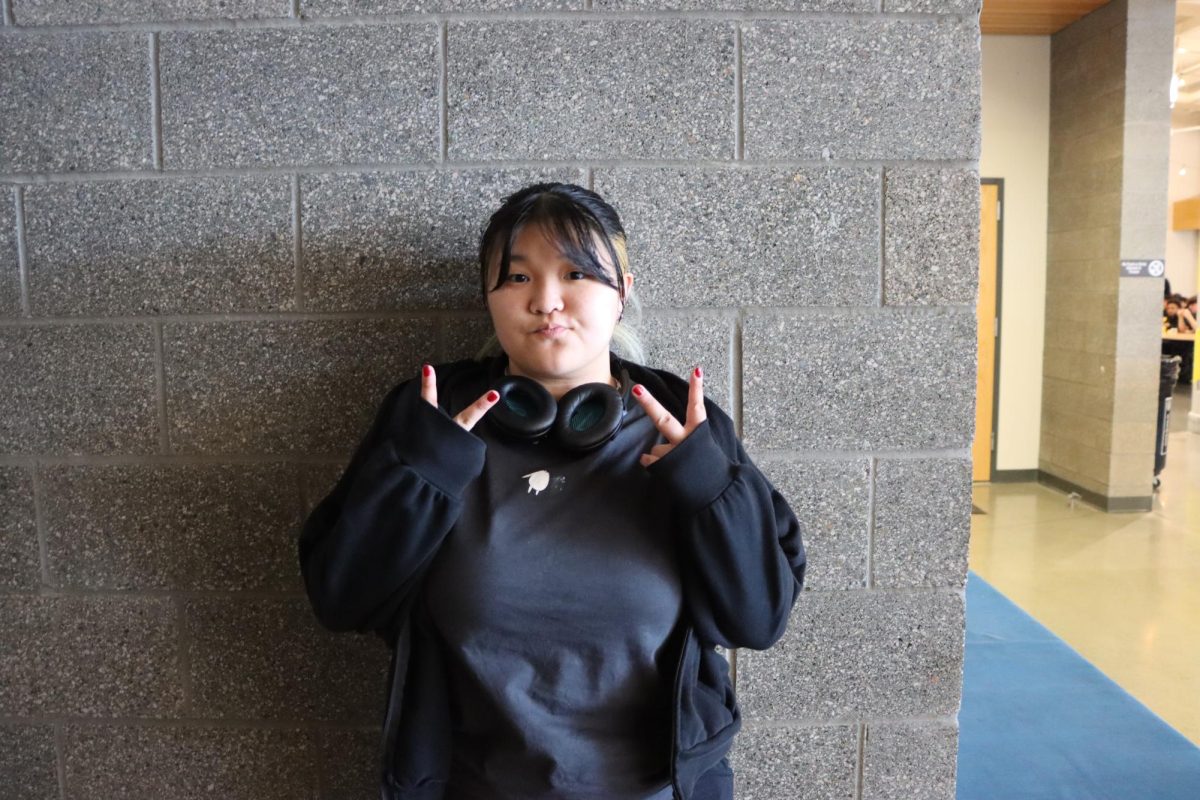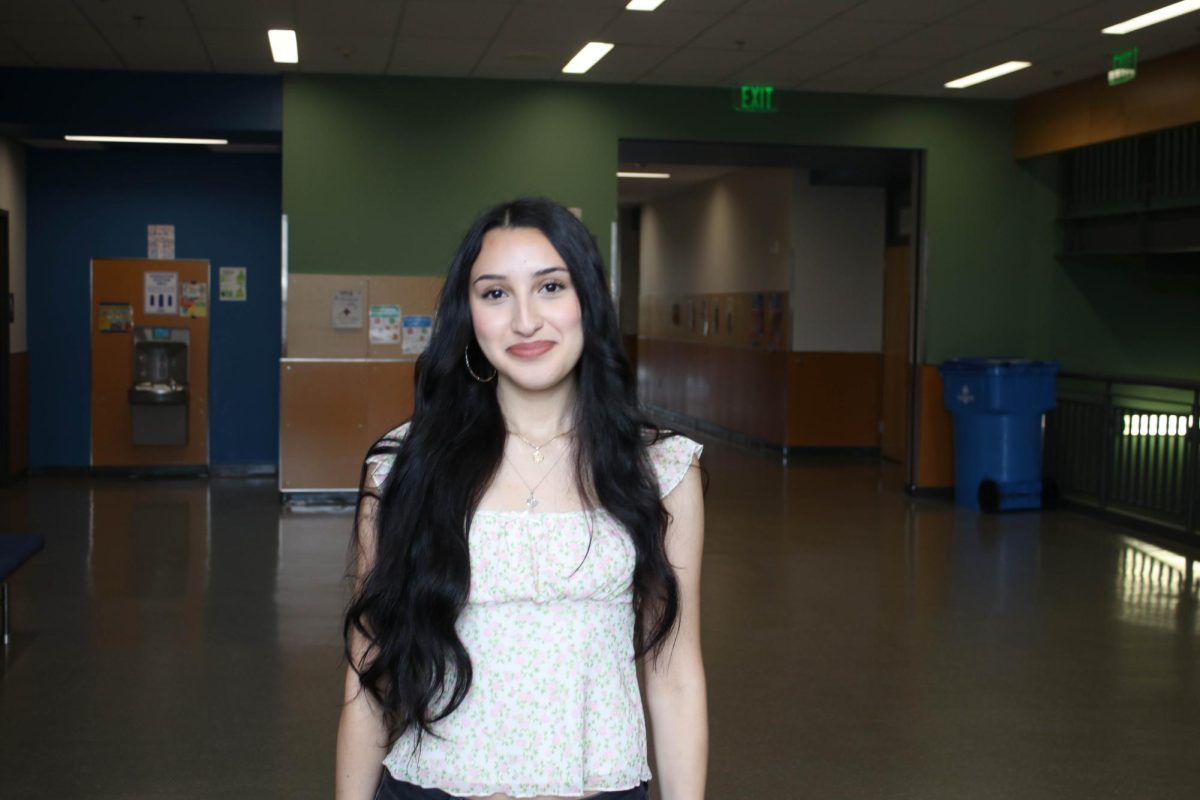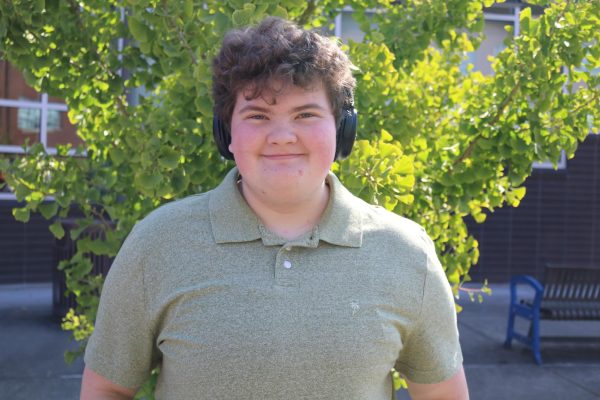The graduating class of 2025 started their high school career right after quarantine ended. They were back in a school building for the first time in two years, stumbling through assignments and getting used to seeing others’ faces for the first time. It is easy to forget that this was also a harsh adjustment for Shorewood’s faculty and staff. At the very least, many had gotten somewhat used to Zoom classes and had to readjust to teaching faces instead of black boxes.
So what does the modern classroom look like, and have there been good changes? Clark Youmans, a Civics and Law teacher, thinks so. He talks about how mini, hand-held whiteboards have been implemented in the classroom. It causes “instant reflection” in the students, and the idea came from the Zoom chat function. People who can’t make it in-person can now do their lessons while not in the building through Canvas, though he stresses the importance of attending class in-person anyway.
Not all changes have been positive. However, Youmans notices that students tend to “check out” more, and there is difficulty in covering everything there is to cover. Youmans notes that this might be because of social media’s rise, not just COVID-19. There has been a noticeable difference in attention spans in students, making teachers’ jobs harder. “Reading assignments are hard to get people to do,” Youmans said.
Some classes haven’t felt much of a change. Art teacher Lori Chase says that her teaching style and curriculum haven’t changed much, but the environment of her class has. She keeps hand sanitizer and doesn’t question when students call out sick more often, wear masks, or avoid sitting too close to others.
Opinions about this ‘new normal’ vary, but Youmans says that he is inspired by the changes in education technology and our current student body. Adapting these changes “is fun, but work.” This leaves us wondering, how will the far future of schools look?








